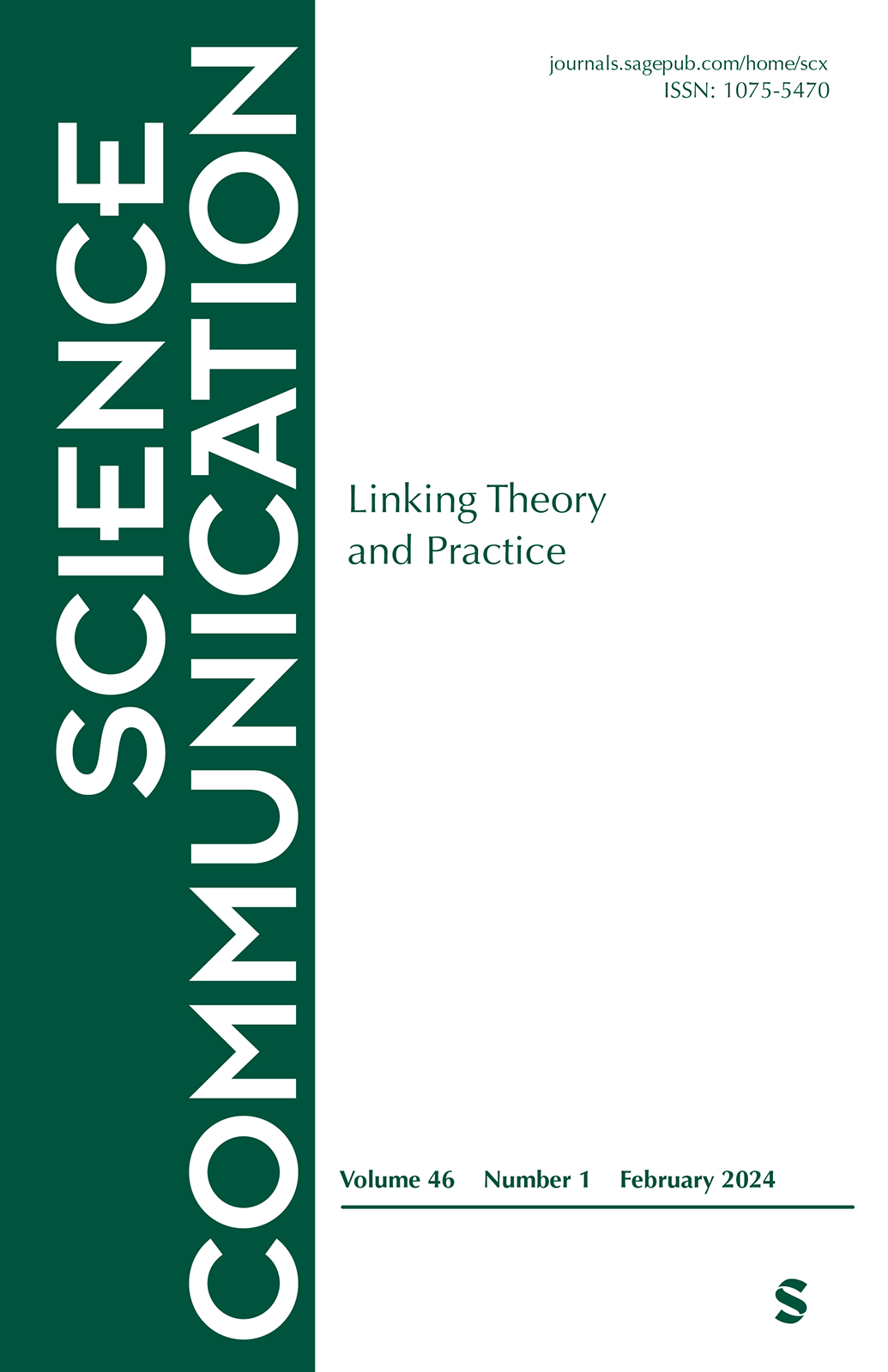以科学成长为例的创新扩散范式的起源与发展。
IF 4.6
1区 文学
Q1 COMMUNICATION
引用次数: 314
摘要
本文章由计算机程序翻译,如有差异,请以英文原文为准。
The origins and development of the diffusion of innovations paradigm as an example of scientific growth.
This article traces the emergence of the basic paradigm for early diffusion research created by two rural sociologists at Iowa State University, Bryce Ryan and Neal C. Gross. The diffusion paradigm spread to an invisible college of midwestern rural sociological researchers in the 1950s and 1960s, and then to a larger, interdisciplinary field of diffusion scholars. By the late 1960s, rural sociologists lost interest in diffusion studies, not because it was ineffective scientifically, but because of lack of support for such study as a consequence of farm overproduction and because most of the interesting research questions were thought to be answered.
求助全文
通过发布文献求助,成功后即可免费获取论文全文。
去求助
来源期刊

Science Communication
COMMUNICATION-
CiteScore
13.50
自引率
4.40%
发文量
19
期刊介绍:
Science Communication is a prestigious journal that focuses on communication research. It is recognized globally for publishing top-quality manuscripts that demonstrate excellent theoretical frameworks and robust methodology. Our journal embraces a broad definition of science, encompassing not only the natural and physical sciences but also social science, technology, environment, engineering, and health. Regardless of the scientific area, effective communication is always the focal point of our investigations.
Apart from theoretical and methodological rigor, we place great emphasis on the practical implications of scientific communication. Therefore, we expect all submitted manuscripts to address the real-world applications and significance of their research, alongside theoretical considerations.
In summary, Science Communication is an internationally renowned journal dedicated to bridging the gap between science and society. By promoting effective communication in various scientific domains, we strive to engage readers with intriguing research that has tangible implications for the world around us.
 求助内容:
求助内容: 应助结果提醒方式:
应助结果提醒方式:


